By Chen Tianhao
(ECNS) -- French foie gras has become an "invisible local specialty" of Linqu County in Weifang, a small city that produces 5 million Landes geese annually in central Shandong, yielding 5,000 tons of this fatty liver pate each year.
The adaption of French foie gras from France to East China's Linqu is a fascinating story.
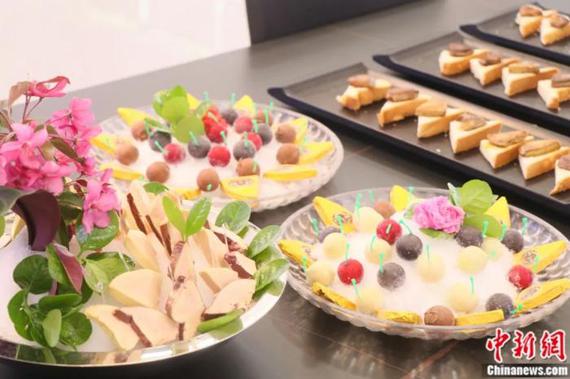
In the 18th century, foie gras was introduced as a tribute to the French royal court, where King Louis XV developed a deep fondness for it. Subsequently, it gained popularity among many renowned artists of the time, earning it the label of a "noble delicacy" and establishing its high-end culinary status.
In the 1980s, riding the wave of China's reform and opening-up, a batch of gray-feathered, plump geese embarked on a journey from Landes Province in France, crossing the seas to set foot in Linqu for the first time. Hence, the small county kicked off its development of the French foie gras industry.
A French expert in the breeding and processing of Landes geese was invited to Linqu to guide and promote development. During his four years in Linqu, he oversaw every aspect of the industry, from selecting and hatching breeding geese to raising and processing foie gras, ensuring product quality and taste, and making the "culinary legend" that crossed borders a reality.
Thanks to the similar geographical and climatic conditions of Linqu, after years of adaptation and breeding, the Landes geese have taken root in the county, showing vigorous vitality, and generating an annual output value of over 4 billion yuan ($559.27 million).
The rise of the foie gras industry has also activated the peripheral farmer breeding chain. A local enterprise invested 210 million yuan to establish China's first international standard foie gras demonstration base project in Linqu, providing a stable and high-quality production platform for upstream and downstream suppliers and cooperatives and driving the development of multiple related industries.
Currently, Linqu has established a stable sales network in regions like Japan and the EU, exporting over 30 tons each month.

Local enterprises in Linqu are exploring deep processing technologies, endowing foie gras and related products with more possibilities. In addition to traditional frozen foie gras, they have developed products like goose liver pate, goose liver slices, and red wine blueberry foie gras to meet different consumer tastes.
Located in the Yimeng Mountains, Linqu has now become an important breeding and foie gras supply area for Landes geese in China.
Local officials think the development of the Linqu goose industry should also focus on brand building, accelerating the construction of goose product testing and R&D centers, organizing green food certification, and building the most influential goose product R&D and production base. Additionally, efforts will be made to strengthen and extend the industrial chain, enhance local enterprise cultivation, attract leading enterprises, and drive the goose industry towards a hundred-billion-level scale.









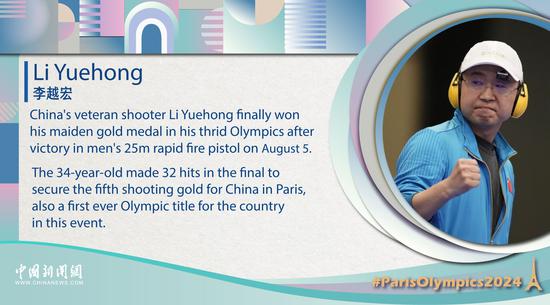



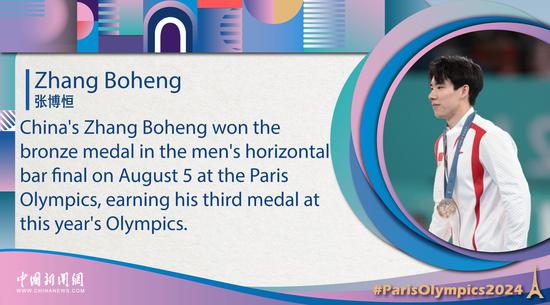


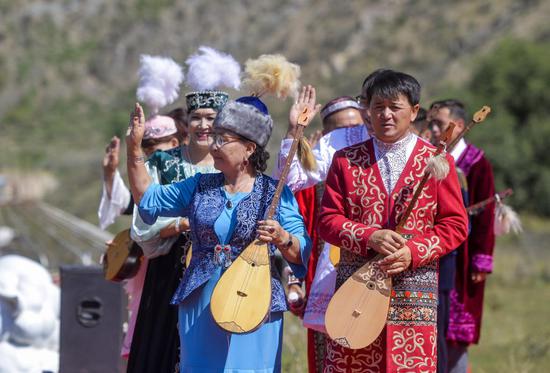





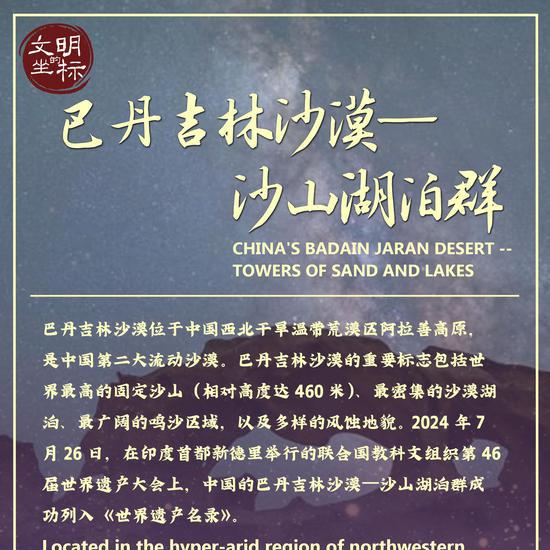


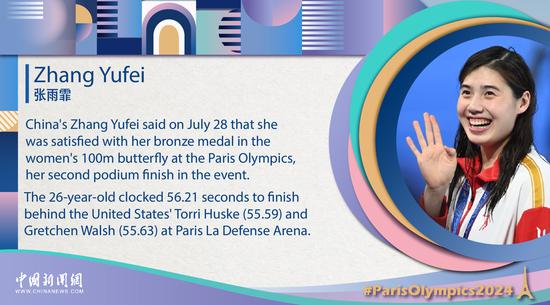
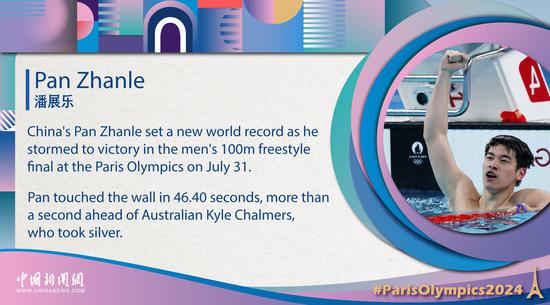
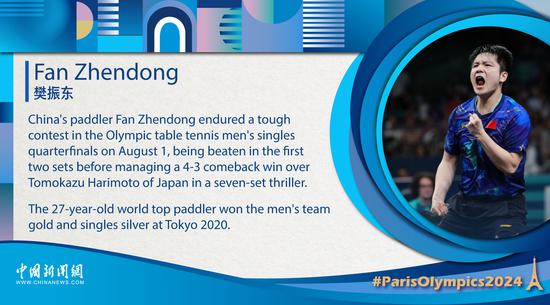














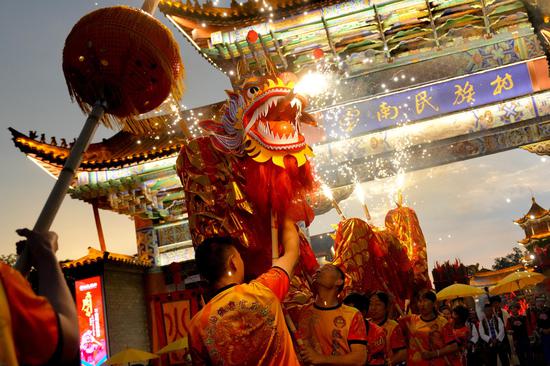






 京公网安备 11010202009201号
京公网安备 11010202009201号
